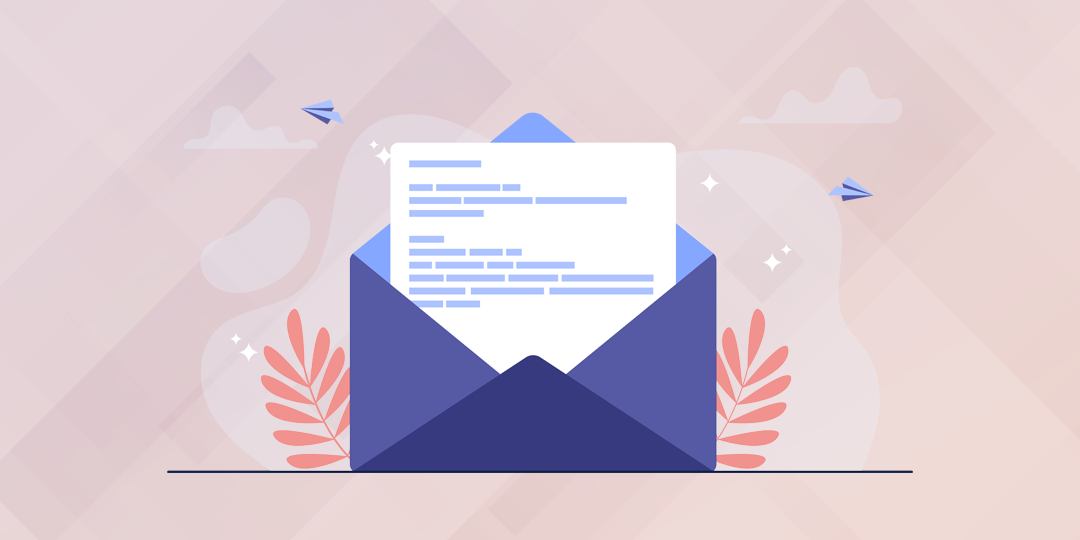

Last updated on
March 13, 2023
When it comes to digital marketing, webinars are one of the most powerful tools to connect directly with your audience. They also help you establish your credibility and build your brand as experts in the relevant field.
When done right, webinars not only help you establish yourself as a thought leader but also prove to be a valuable informational resource for your audience. And no matter how great the topic is or how influential your speaker is, your webinar is nothing without an audience.
So how do you go about getting an audience for your webinar?
By making a killer landing page for your webinar. In this article, I am going to go over some of the best practices to create a high-converting landing page that drives the audience to sign up. Let’s get started!
First things first, why do we need a webinar landing page?
Webinar landing pages are designed to collect sign-ups for your digital event. A good webinar landing page should contain a compelling headline, value-oriented content, and a clear and concise call to action. Visitors should be able to scan the landing page quickly and understand the value of the webinar and why they should sign up for it.
Webinar landing pages are a great way to run time-sensitive marketing campaigns because you can literally set one up and get running in minutes. With pre-made templates, you can create a landing page in minutes that wows your audience and increases your conversion rates.
A webinar landing page tells the visitors what the webinar is all about, lists the value they will get from the webinar and aims to be as benefit-oriented as possible. Formulate it as “What’s in it for me?” (WIIFM).Your value has to sell the webinar, especially important when setting up an evergreen webinar. Let’s delve into some of the valuable tips you should follow to create a compelling and high-converting webinar landing page.
First things first. You need to figure out who you are creating content for and who the webinar is intended for.
Ask yourself questions like:
Once you know who you are creating the landing page for, you will be able to reach out to them in a more targeted and concise way.
One strategy for getting noticed by your intended audience is through search engine optimization or SEO. Make your landing page SEO optimized so it’s visible to more people and ranks on search engines.
If you want more quick results, consider running paid ads through Facebook or Google. You can target your ads by age, gender, geographic location, interests, and more.
When it comes to landing pages, a good headline is simple, straightforward, and to the point. Eye-catching headlines can easily connect visitors to your webinar the minute they land on the webinar landing page.
Choose simple yet powerful and impactful words in the headline. You can transform your headlines with strong verbs like “Start generating X today with our tried and tested practices”.
For a highly impactful heading, stick with the following tips:
Let’s have a look at this webinar landing page. You can see the headline is short, concise, and to the point. No extra promises are made and the content isn’t sales-y. The audience knows what they will get when they sign up for the webinar.

With landing pages, you need to get straight to the point lest your visitors lose interest in what you have to say. Add a bold headline as discussed above and then move quickly to describing what the readers can expect from the webinar.
When it comes to the copy of your webinar landing page, it should be all about converting visitors into registrants. Add words like “your”, “you”, “yours” to focus more on the reader and to speak directly to them.
The purpose of a landing page is to convince your readers to take action. You can achieve that by adding actionable content and language. Make your statements direct, easier to understand, and concise.
The most important thing when writing your copy is to not be sale-y. There is no need to oversell the webinar you are about to launch. If you are making a promise to your readers that compel them to sign up for the webinar but it won't be delivered, it's better to not add that in your copy.
One important section to add is the benefits your visitors will get from the webinar. Maintain consistency all throughout the landing page to make it more polished and professional.
Add testimonials as social proof to create trust. You can add testimonials before adding your call to action to encourage visitors to stay on the page and give them the right encouragement to sign up for the webinar.
Some tips and best practices to keep in mind when you are working on your webinar landing page copy are:
I really like the landing page by Upwork that talks about the exact benefit the visitors will get once they sign up. I also like the green CTA button as it captures the visitor’s attention by jumping off of that white form. With the bullet points, they have showcased the benefits of the webinar in an extremely easy and scannable way.

According to MDG Advertising, people only remember 10% of information three days after hearing it but if it’s supported with an image, the recall percentage goes up to 65%. Images and videos are also the most important type of content.
This is why it’s important to add good visuals to create effective images and videos that convert your audience.
Add graphics that are relevant to your audience and help communicate the message. Your graphics and videos shouldn’t stand out on the landing page as something entirely different. They should complement the landing page’s color scheme and overall brand voice and tone.
Try not to add too many images or videos as it can create clutter on the landing page. A video on your landing page helps increase the conversion rate by 80%.
You can create a creative video welcoming all visitors and explaining the information they will get from the webinar. You can also have a calndar link to provide users easo of marking date for webinar. There are many calndar tools available online like sharepoint calendar for this purpose. Add photos of speakers and highlight their credibility and thought leadership.
For social proof, add images and logos of past clients and testimonials to establish authority and trust with your audience. A header image behind the headline can also work to accentuate the topic at hand.
Adding a video from a past session can help potential registrants get a sense of whether this event provides anything of value. Kickoff Labs used a video of one of the previous webinars as social proof and to establish credibility.

Your call to action (CTA) is one of the most important aspects of your landing page. With the CTA, the purpose is to encourage visitors to take the desired action.
Your CTA is what makes visitors convert by guiding them on the next step to take in their journey on the webinar landing page. It should stand out on the page and should divert attention to itself.
When it comes to adding your CTA, make sure it follows the following best practices:
In this example from Kapost, you can see the CTA button, placed clearly. The orange color of the CTA button also helps it to stand out and is immediately visible to the readers.

Landing pages are a key component of a solid webinar marketing strategy. To create a perfect webinar landing page that will have a positive impact on your conversion rate, you need to make sure that you're keeping these five steps at the forefront of your mind.
With these tips and best practices, you can create a landing page that draws in a larger audience and drives a higher conversion rate for your webinar.
Content marketer by day and book nerd by night, Momina works at Mailmunch as a Marketing Communications Specialist. Momina eats, sleeps, and breathes content marketing. Her expertise ranges from ideation to production to distribution of content, thanks to 4+ years of experience in the B2B content marketing sphere.
Tags:

M. Usama
February 23, 2024

Hamna Abid
July 31, 2023

Hamna Abid
July 21, 2023